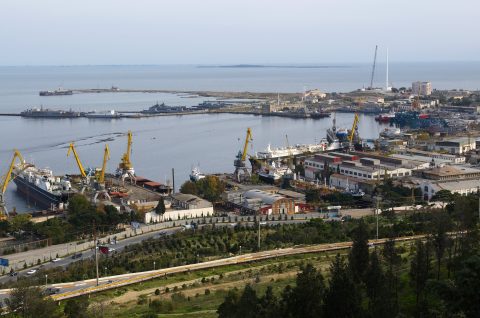China prefers to subsidise round trips on New Silk Road

More and more new routes are being launched on the New Silk Road every year. Not all of them stand the test of time. Those that survive are also in danger as they need to provide enough volumes of freight traffic for the round trip services. This task is very difficult for logistics companies, but very important to obtain Chinese subsidies.
Do you want to read the full article?
Thank you for visiting RailFreight.com. Become a member of RailFreight Premium and get full access to all our premium content.
Are you already a member?
Having problems logging in? Call +31(0)10 280 1000 or send an email to customerdesk@promedia.nl.




